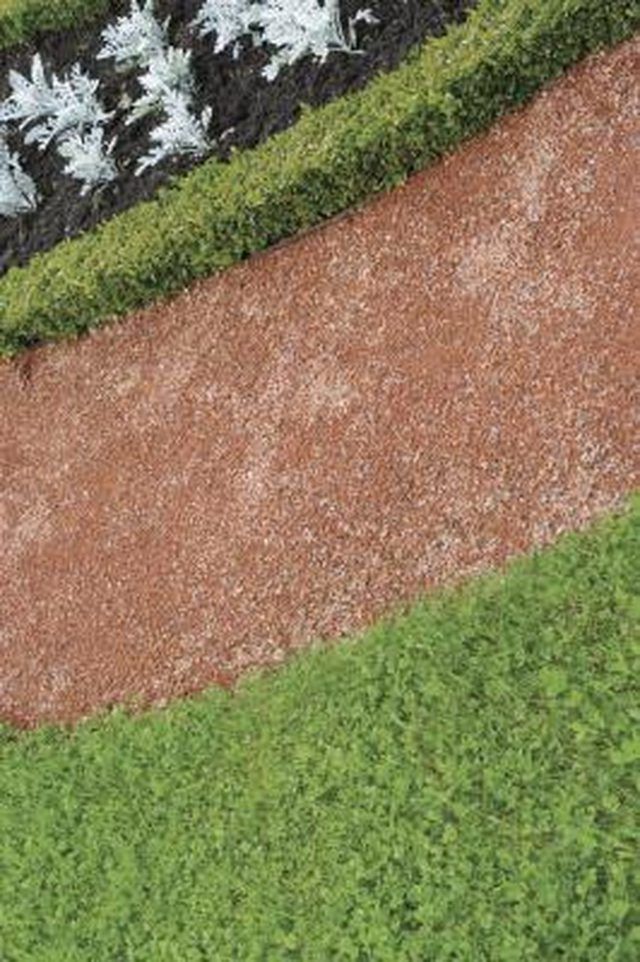Bulbs
Flower Basics
Flower Beds & Specialty Gardens
Flower Garden
Garden Furniture
Garden Gnomes
Garden Seeds
Garden Sheds
Garden Statues
Garden Tools & Supplies
Gardening Basics
Green & Organic
Groundcovers & Vines
Growing Annuals
Growing Basil
Growing Beans
Growing Berries
Growing Blueberries
Growing Cactus
Growing Corn
Growing Cotton
Growing Edibles
Growing Flowers
Growing Garlic
Growing Grapes
Growing Grass
Growing Herbs
Growing Jasmine
Growing Mint
Growing Mushrooms
Orchids
Growing Peanuts
Growing Perennials
Growing Plants
Growing Rosemary
Growing Roses
Growing Strawberries
Growing Sunflowers
Growing Thyme
Growing Tomatoes
Growing Tulips
Growing Vegetables
Herb Basics
Herb Garden
Indoor Growing
Landscaping Basics
Landscaping Patios
Landscaping Plants
Landscaping Shrubs
Landscaping Trees
Landscaping Walks & Pathways
Lawn Basics
Lawn Maintenance
Lawn Mowers
Lawn Ornaments
Lawn Planting
Lawn Tools
Outdoor Growing
Overall Landscape Planning
Pests, Weeds & Problems
Plant Basics
Rock Garden
Rose Garden
Shrubs
Soil
Specialty Gardens
Trees
Vegetable Garden
Yard Maintenance
Tiny Flying Insects on Boxwood Bushes
Tiny Flying Insects on Boxwood Bushes. Boxwood is a widely used landscaping plant, particularly in historical gardens or to accent Colonial architecture. Varied forms of boxwood permit its use as a screen, a framework for a formal garden, an outline or border and even as a topiary piece. There are two primary flying insect pests of boxwood.

Boxwood is a widely used landscaping plant, particularly in historical gardens or to accent Colonial architecture. Varied forms of boxwood permit its use as a screen, a framework for a formal garden, an outline or border and even as a topiary piece. There are two primary flying insect pests of boxwood.
Boxwood Leafminer
The boxwood leafminer is boxwood's most serious pest. The leafminer is the larva of a small, mosquitolike fly. This adult is orangeish and less than 1/8-inch long. These adults are often visible swarming around the boxwood after they emerge from the leaves where they overwinter. The leafminer adults, or flies, only live a few days, but the larvae, which persist all summer, cause the leaves to develop a blistered appearance.
Boxwood Psyllid
This pest is a 1/8-inch-long greenish insect with clear wings and strong legs. The psyllid hops or flies away when the boxwood is disturbed. Feeding nymphs cause leaves to cup and stunt leaf growth, but plants generally outgrow psyllid injury.
Treatment
Although neither of these two pests generally require any treatment, if a plant is suffering from poor culture in addition to the insect, a pesticide may be considered necessary. To mitigate leafminer damage, use a spray at adult emergence or a soil drench nearly anytime, or choose less susceptible varieties. The psyllid can be treated with repeated horticultural oil applications during the crawler stage.